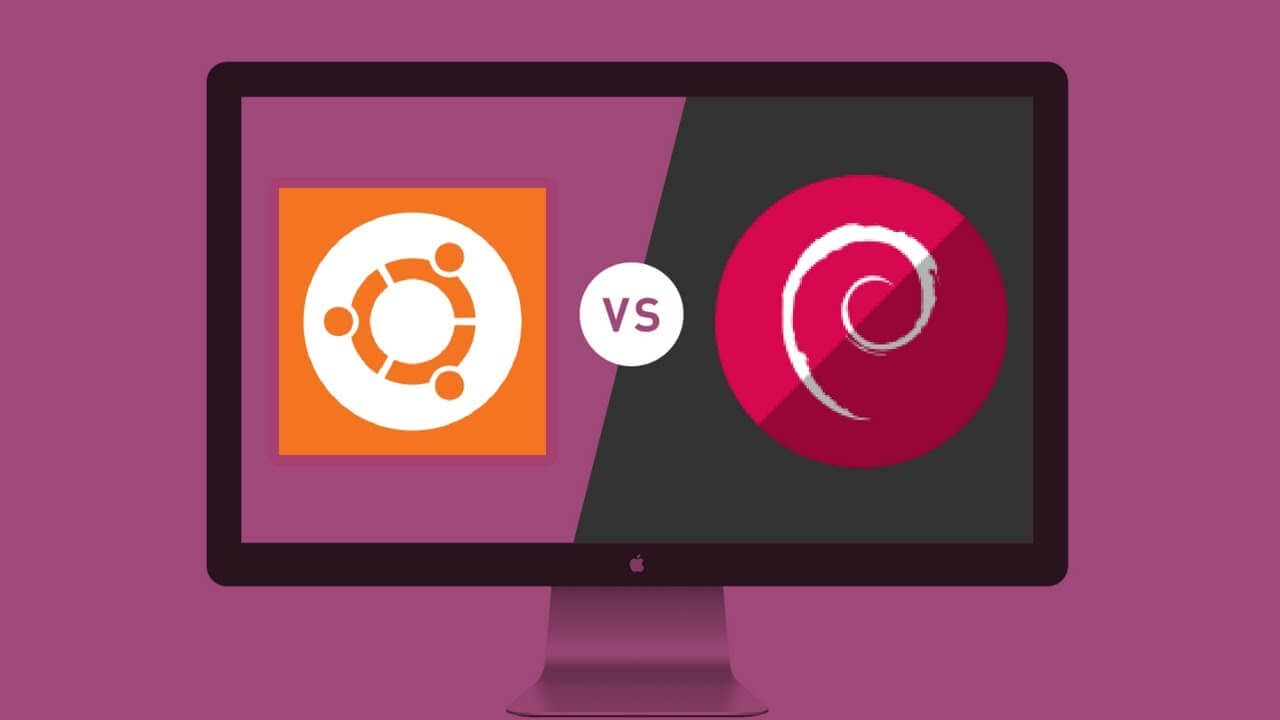Debian vs. MX Linux: The Battle of the Stable

In the realm of Linux distributions, stability and user-friendliness are often seen as desirable traits. Two distros that have gained a reputation for excelling in these areas are Debian and MX Linux. Both distributions are known for their stability, longevity, and focus on user experience. While they share some similarities, there are also key differences that set them apart. In this comparison, we’ll explore the strengths and weaknesses of each distribution to help you determine which one might be a better fit for your needs.

1. Stability and Longevity:

Both Debian and MX Linux are renowned for their stability. Debian is a time-honored distribution known for its rigorous testing and conservative approach to software updates. It follows a “Stable First” model, prioritizing stability over bleeding-edge features. This philosophy has made Debian a popular choice for servers and systems where stability is paramount.
MX Linux, on the other hand, is based on Debian Stable, inheriting its strong foundation. MX Linux takes this stability to the next level by performing additional testing and quality assurance. MX Linux releases updates less frequently than Debian, focusing on comprehensive testing to ensure a seamless and stable experience.
2. User-Friendliness:
Debian is known for its extensive software selection and customizable nature, but it can be somewhat complex for beginners to navigate. The vast array of options and potential configurations may require more technical expertise, especially for those new to Linux.
MX Linux, however, takes a different approach. It aims to provide a user-friendly experience out of the box. With a carefully curated selection of software, MX Linux simplifies the installation process and streamlines the user interface. Its focus on ease of use makes it an excellent choice for those seeking a user-friendly and hassle-free Linux experience.
3. Features and Software Selection:
Debian boasts a massive software repository, containing thousands of packages and applications. This vast selection caters to a diverse range of users and tasks, making it suitable for various scenarios. Debian’s extensive software ecosystem allows for deep customization and flexibility.
MX Linux, on the other hand, takes a more selective approach to software. It includes a curated selection of applications that cover essential needs, such as web browsing, office productivity, and multimedia. This curated approach simplifies the user experience and reduces the risk of software conflicts or compatibility issues.
4. Support and Community:
Both Debian and MX Linux have active and supportive communities. Debian’s large user base contributes to a wealth of documentation, tutorials, and forums, providing users with a vast resource for support and troubleshooting.
MX Linux, despite its smaller community, offers a dedicated forum and active developer team. The MX Linux community is known for its friendly and helpful nature, fostering a supportive environment for newcomers and experienced users alike.
5. Updates and Release Schedule:
Debian follows a conservative update cycle, prioritizing stability over rapid updates. This approach ensures a predictable and reliable update schedule, minimizing the chances of disruptive changes or bugs.
MX Linux also emphasizes stability, releasing updates periodically to ensure thorough testing and quality control. While MX Linux updates may not be as frequent as some rolling release distributions, its focus on stability aligns with its target audience, who prioritize stability and reliability.
6. Hardware Compatibility:
Both Debian and MX Linux provide support for a wide range of hardware. However, MX Linux goes the extra mile by offering additional hardware compatibility tools and support for proprietary drivers, making it more accessible for users with specialized or older hardware.
Conclusion:
Debian and MX Linux are both excellent Linux distributions that excel in stability and user-friendliness. While Debian caters to users seeking extensive software selection and deep customization options, MX Linux shines with its focus on user-friendliness, curated software selection, and comprehensive hardware compatibility. Both distributions have their strengths, and the choice ultimately depends on your individual needs, preferences, and technical expertise.

This was a great read. I learned a lot about Debian and Mx Linux. I’m not sure which one I would prefer, but I’m leaning towards Debian because it’s more stable.
This article is biased towards Debian. Mx Linux is just as stable as Debian, and it has a lot more features. I would recommend Mx Linux over Debian any day.
I’m not sure I agree with the author’s assessment that Debian is more stable than Mx Linux. I’ve used both distros, and I’ve found them to be equally stable.
The author is clearly a Debian fanboy. Mx Linux is a far superior distro, and it’s not even close.
I find it ironic that the author claims that Debian is more stable than Mx Linux. Mx Linux is based on Debian, so it’s hard to see how it could be less stable.
The author’s claim that Debian is more stable than Mx Linux is simply laughable. Mx Linux is a rolling release distro, which means that it’s constantly being updated. Debian, on the other hand, is a stable release distro, which means that it only receives updates every few months. It’s obvious which distro is more stable.
I have to agree with the author that Debian is more stable than Mx Linux. I’ve used both distros, and I’ve found Debian to be more reliable.
The author is clearly a Debian fanboy. Mx Linux is a far superior distro, and it’s not even close.
I find it ironic that the author claims that Debian is more stable than Mx Linux. Mx Linux is based on Debian, so it’s hard to see how it could be less stable.
The author’s claim that Debian is more stable than Mx Linux is simply laughable. Mx Linux is a rolling release distro, which means that it’s constantly being updated. Debian, on the other hand, is a stable release distro, which means that it only receives updates every few months. It’s obvious which distro is more stable.